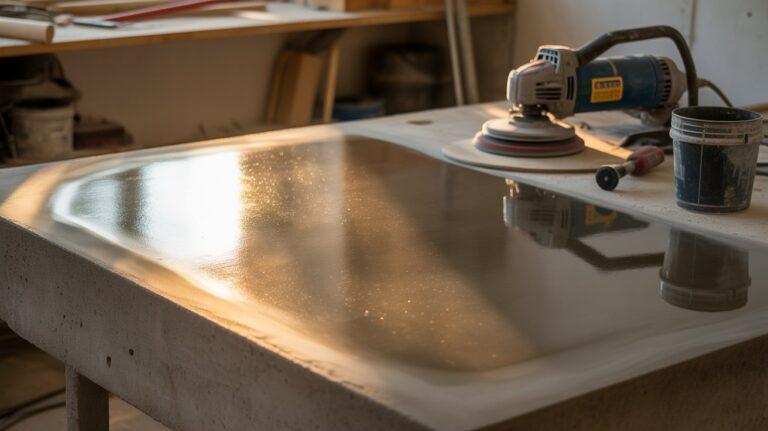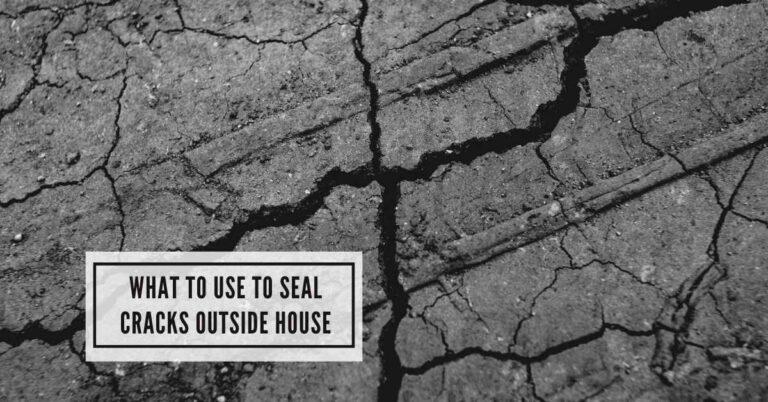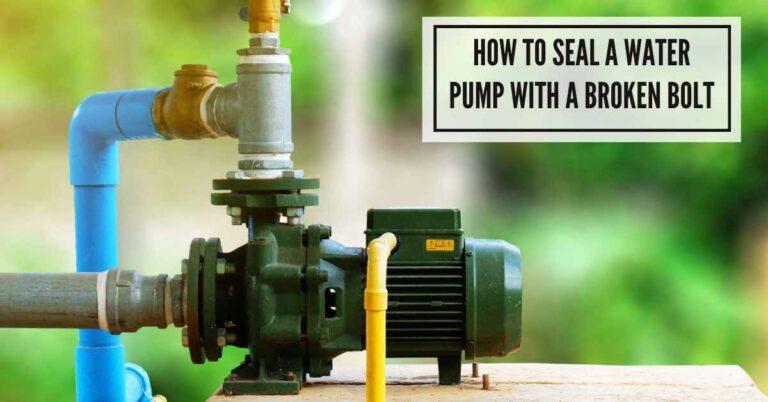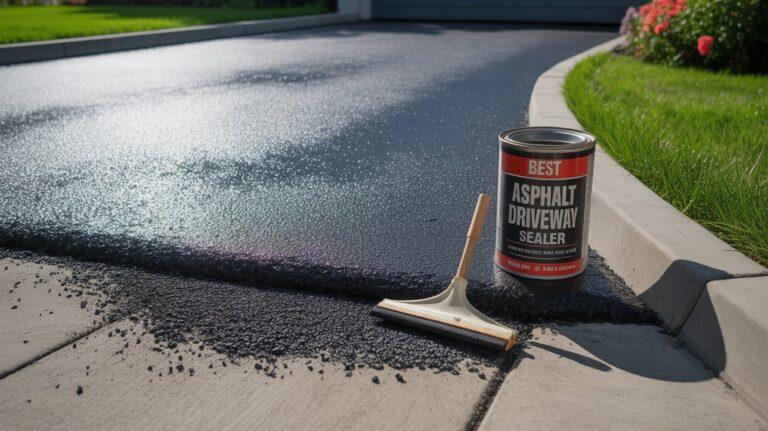Shocking Truths Unveiled: Can You Seal Polymeric Sand?

Yes, you can seal polymeric sand to enhance its durability and performance. Sealing helps to lock the sand particles together, creating a more stable joint.
Polymeric sand is a key ingredient in the construction and maintenance of pavers and stone walkways. It acts as a binding agent that fills the gaps between the stones, preventing weed growth and insect intrusion while promoting long-lasting stability. The trend toward outdoor home improvement has surged in recent years, making the use of polymeric sand in patio and deck projects increasingly popular.
Sealing polymeric sand not only protects it from the elements but also maintains its aesthetic appeal by preventing haze and maintaining color. For homeowners investing in outdoor living spaces, this added layer of protection ensures that their patios and walkways remain pristine and practically maintenance-free for years to come. Sealing is indeed a wise choice for the longevity and beauty of hardscaped areas.
The Surprising Reality About Sealing Polymeric Sand – What You Need to Know
Polymeric sand proves itself as a hardscaper’s essential. Fills paver joints. Holds tight. Let’s explore.
Understanding Polymeric Sand And Its Uses
Polymeric sand is no ordinary sand. Blend of fine sands and polymers, it strengthens upon setting. Ideal for paver projects.
- Locks pavers together – reduces movement.
- Resists weeds and ants – a maintenance ally.
- Handles different climates – versatile and robust.
Importance Of Sealing In Paver Installations
Sealing pavers with polymeric sand goes beyond aesthetics. Protection meets performance.
- Improves durability – extended life for paths and patios.
- Prevents erosion – sand stays put, even when wet.
- Enhances color – keeps pavers looking new.
The Benefits Of Sealing Polymeric Sand
The Benefits of Sealing Polymeric Sand are numerous, leading to a smarter choice for homeowners who value longevity and quality in their outdoor paving projects. Sealing polymeric sand not only ensures the integrity of your pavers but also enhances their appearance. Let’s delve into the advantages of this crucial maintenance step.
Enhanced Durability Against Weather Conditions
Applying a sealer to polymeric sand delivers an extra layer of protection against extreme weather. From the scorching sun to freezing temperatures, sealed polymeric sand maintains its form and function.
- Prevents washout from rain and snow
- Reduces damage from freeze-thaw cycles
- Shields against UV rays
Resistance To Weeds And Pests
Sealed joints create a defense system that stops weed growth and deters pests. This means less time spent on maintenance and more peace of mind.
- Blocks weed sprouting
- Prevents ant hills and burrowing insects
- Saves time and resources
Aesthetic Preservation Over Time
Beyond practicality, sealing enhances the visual appeal of your pavers. Color fading becomes a worry of the past, and the overall look of your hardscape remains vibrant.
| Without Sealing | With Sealing |
|---|---|
| Colors fade quickly | Colors last longer |
| Appearance dulls | Bright and fresh look |
Step-by-step Guide To Sealing Polymeric Sand
Laying polymeric sand between pavers fends off weeds and locks pavers in place. To amplify its effectiveness, sealing it is key. In this guided tutorial, learn how to securely seal your polymeric sand.
Preparation: Cleaning And Assessing Paver Surface
Loading your pavers with sealer requires a spotless canvas. Take these steps:
- Remove debris: Sweep off leaves, dirt, and other loose particles.
- Rinse thoroughly: Use a hose or power washer to eradicate stuck-on dirt.
- Dry fully: Let the surface dry completely to avoid trapping moisture.
- Inspect: Check for any uneven or sunken pavers and fix them.
Application: Selecting The Right Sealant And Techniques
Picking and applying sealant demands precision. Consider these points:
- Choose sealant: Opt for a sealant compatible with polymeric sand and your type of pavers.
- Test patch: Apply on a small area. Ensure it dries clear and looks good.
- Even application: Use a pump-up sprayer or a roller for uniform coverage.
- Avoid puddles: Apply thinly to prevent puddle formation.
Curing: Optimal Conditions And Timeframe For Sealing
Let your handiwork set perfectly with these tips:
- Weather check: Dry, mild conditions are ideal. Avoid rain forecast days.
- Time to cure: Wait for the sealant to harden. It usually takes 24 hours.
- Keep traffic away: Barricade the area to prevent disruption of the curing process.
Maintenance Tips For Sealed Polymeric Sand
Keeping your sealed polymeric sand in top shape protects its strength and appearance. The right maintenance routine extends its lifespan. Clever care makes your pathways and patios look great years down the line. Let’s explore how to keep sealed polymeric sand in great condition with some effective maintenance tips.
Routine Cleaning Practices
Routine cleaning maintains sealed polymeric sand. Follow these steps:
- Sweep surfaces regularly to remove debris.
- Use a leaf blower for easy cleaning.
- Rinse with water using a gentle spray setting.
Regular upkeep prevents damage and keeps walkways looking neat.
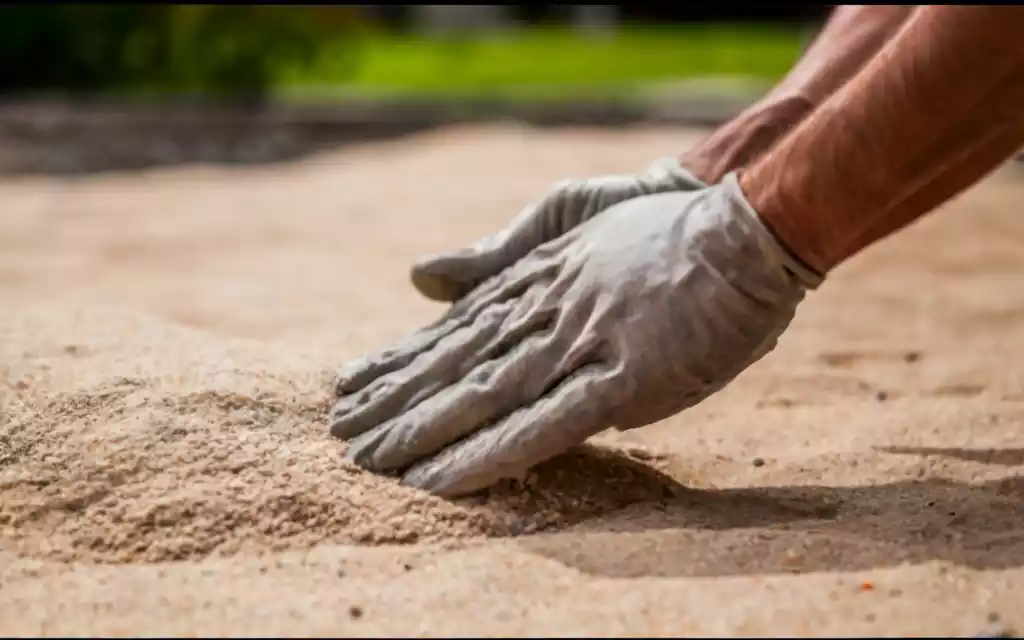
Monitoring And Touch-up Strategies
Inspect your installation for wear and tear. Act fast when you spot issues:
- Check for loose or missing sand at least twice a year.
- Spot treat areas with new polymeric sand.
- Ensure the joint’s depth is consistent for the sealant to hold.
Maintaining consistency prolongs the life of your pathways and patios.
When To Re-seal: Recognizing The Signs
Know when to re-seal your surfaces. Look for these clues:
- Fading color: Means the seal might be wearing off.
- Dislodged sand: Indicates a weak seal.
- Stains: Suggest sealant’s diminishing protection.
Re-sealing at the right time ensures lasting protection and beauty.
Potential Pitfalls And How To Avoid Them
Installing polymeric sand is a crucial step in hardscaping that ensures the stability and durability of your paved surfaces. Although this process can provide a strong bond between pavers, certain pitfalls can compromise its effectiveness. Knowing what could go wrong and how to counteract these issues is essential for a successful application.
Common Sealing Mistakes And Prevention Methods
Sealing polymeric sand may seem straightforward, but common slip-ups can lead to subpar results. Errors like inadequate cleaning before sealing, applying sealant on wet sand, or using the wrong type of sealant can all cause issues.
- Thoroughly clean the surface before sealing to prevent locking in debris.
- Ensure the sand is completely dry to avoid a poor seal.
- Select a compatible sealant for the best outcome.
Compatibility: Sealant Types And Polymeric Sand
Not every sealant works well with polymeric sand. Using an incompatible product may cause discolouration or poor adhesion. To sidestep these issues:
- Check compatibility between the polymeric sand and sealant.
- Opt for breathable sealants that allow proper curing.
- Consult with manufacturers or a professional for recommendations.
Troubleshooting Sealing Issues
If sealing problems arise, prompt action can save your project. Below are common sealing issues with their fixes:
- Haze: Use specialized cleaners to remove excess.
- Peeling Sealant: Strip the area and reapply correctly.
- Cloudiness: Check for moisture and allow to dry if present.
For persistent issues, seeking professional help may be the best course.
Maximizing Longevity Of Paver Projects
Safeguarding the durability of paver installations is crucial. Proper sealing with polymeric sand is a key step. This article discusses techniques to extend the life of such projects.
Recap Of Sealing Benefits
Sealing pavers with polymeric sand offers numerous benefits.
- Prevents weed growth and deters ants.
- Enhances stability of the paver surface.
- Makes maintenance simpler and more cost-effective.
Focusing on the right sealing methods guarantees these benefits for longer.
Final Thoughts And Recommendations
To ensure a professional finishing touch, seal polymeric sand correctly.
- Choose high-quality polymeric sand.
- Apply it during dry weather.
- Ensure the base is compact and even.
Frequent assessments and touch-ups can keep your paver project in prime condition.
| Task | Frequency |
|---|---|
| Inspect Pavers | Bi-annually |
| Clean Surface | Annually |
| Reapply Sand | Every 2-3 Years |
By following these steps, extend the life span of your paver project.
FAQ’s
Can You Put Sealer On Top Of Polymeric Sand?
Yes, you can apply sealer on top of polymeric sand to enhance durability and protect against stains and weeds, but always follow the manufacturer’s instructions for optimal results.
How Do You Lock Polymeric Sand?
To lock polymeric sand, sweep it into the joints, compact it firmly, then remove excess. Mist the surface gently with water to activate the binding agent, ensuring you follow the manufacturer’s guidelines for drying time. Avoid foot traffic until the sand fully sets.
Can You Put New Polymeric Sand Over Old Polymeric Sand?
It is not recommended to place new polymeric sand over old polymeric sand. Remove the existing material before applying fresh polymeric sand to ensure proper bonding and stability.
Can You Top Off Polymeric Sand?
Yes, you can top off polymeric sand in paver joints to maintain stability and prevent weed growth, but ensure proper removal of old sand and thorough cleaning before reapplication.
What Is Polymeric Sand?
Polymeric sand is a fine sand combined with additives, typically polymers, that when mixed with water, forms a strong binding agent perfect for locking pavers together.
Conclusion
Sealing polymeric sand enhances its durability and maintains the aesthetic of your pavers. Remember, a proper application ensures long-lasting results. Opt for a reputable sealant for the best finish. Your patio or driveway will thank you with years of stability and reduced weed growth.
Seal wisely and enjoy the benefits!

I am Robert Sandin, a professional sealing expert with a diverse range of expertise. From concrete to various other materials, I possess in-depth knowledge and experience in the art of sealing. On my website, I offer valuable tips and expert recommendations on sealing techniques and products for different materials. Whether it’s concrete, wood, metal, or more, I am committed to providing you with the guidance you need for successful sealing projects.

